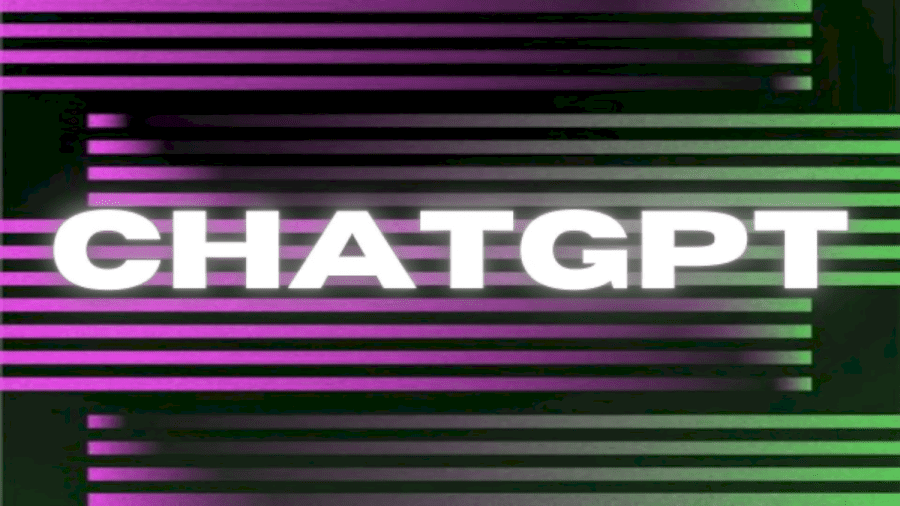ChatGPT, also known as a chat-based language model, is a type of natural language processing (NLP) technology that uses machine learning algorithms to generate human-like responses in real-time. It is based on the GPT-3 (Generative Pretrained Transformer 3) model developed by the artificial intelligence research lab OpenAI.
How does it work?
ChatGPT uses a large dataset of text to learn the patterns and nuances of human language, allowing it to generate responses that are coherent, relevant, and appropriate to the context of a given conversation. It can be used in a variety of applications, from customer service and virtual assistants to online gaming and social media.

Advantages
One of the key advantages of ChatGPT is its ability to generate human-like responses to a wide range of inputs. This is made possible by its ability to process large amounts of data and learn from it, using a technique known as deep learning. Through this process, ChatGPT can understand the context and meaning of a given input, and generate a response that is both relevant and natural-sounding.
Another major advantage of ChatGPT is its ability to improve over time. As it continues to process more data, it becomes better at generating responses that are both accurate and relevant. This means that it can be used in a wide range of applications, including customer service, virtual assistants, and even entertainment.
Potential Use
One potential use of ChatGPT is in the realm of customer service. With its ability to understand and respond to a wide range of inputs, ChatGPT could be used to provide quick and accurate answers to customer queries. This would not only improve the customer experience, but it could also help to reduce the workload on customer service representatives, freeing them up to focus on more complex tasks.
Another potential use of ChatGPT is in the development of virtual assistants. With its ability to understand and respond to natural language input, ChatGPT could be used to create virtual assistants that are able to handle a wide range of tasks, from scheduling appointments to answering questions. This could be particularly useful for people who have difficulty using traditional interfaces, such as those with disabilities.
Disadvantages
Despite its many advantages, there are also some potential disadvantages to using ChatGPT. One concern is that, as it continues to improve, it may become increasingly difficult to differentiate between human responses and those generated by the model. This could potentially lead to confusion or even deception in some situations. Additionally, there may be ethical concerns about the use of AI in customer service or virtual assistants, as it could potentially replace human jobs.
Conclusion
Overall, ChatGPT is a powerful and versatile language model that has the potential to revolutionize the field of natural language processing. Its ability to generate human-like responses to a wide range of inputs, combined with its ability to improve over time, makes it an exciting tool for a wide range of applications. However, it is important to consider the potential disadvantages and address any ethical concerns that may arise as the technology continues to develop.
PS: This article has been written by ChatGPT!

